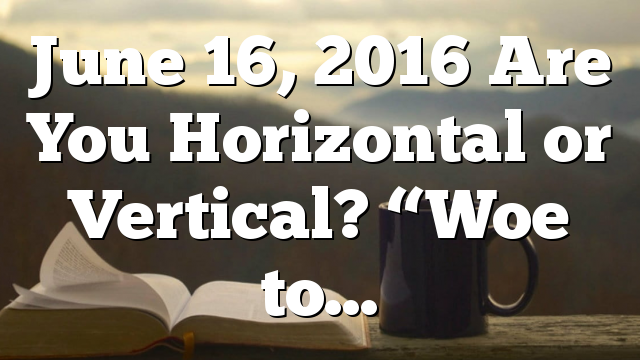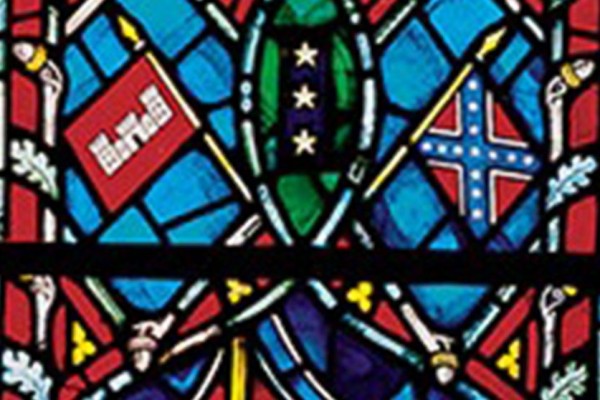Click to join the conversation with over 500,000 Pentecostal believers and scholars
Click to get our FREE MOBILE APP and stay connected
| PentecostalTheology.com



Book Reviews / Pneuma 31 (2009) 105-160
133
Anthony J. Steinbock, Phenomenology and Mysticism: The Verticality of Religious Experience (Bloomington: Indiana University Press, 2007). 328 pp. $44.95 cloth.
The phenomenological philosopher Anthony Steinbock has written an incredibly rich book about the phenomenology of mystical experience in the Abrahamic traditions, a book that will certainly be required reading for anyone working in the areas of religious experience and the intersection between theology and philosophy, especially in the continental tradi- tion. Phenomenology and Mysticism stands out as an original work in the sense that it is not primarily a commentary on other phenomenologists’ analyses, such as is often the case in this genre of writing, but rather a fresh account that articulates a coherent position of its own even as it calls into question a few cherished assumptions of the received tradition of scholarly work on mysticism. This is clearly a phenomenologist turning his attention to religious experience rather than a scholar of religion picking up phenomenology as yet another method; the sheer competence with which Steinbock moves through complex issues in phenomenology is impressive and adds weight to his conclusions.
The stated purpose of the book is twofold: to phenomenologically describe “vertical given- ness” and to explicate its philosophical implications. So what is meant by vertical givenness? The virtue of phenomenology, not least in the study of religion, is that it is open to many diff erent kinds of human experience; phenomenology is committed only to the ways in which things appear or give themselves, not to any specifi c metaphysic. But in spite of this it has often tended to privilege one type of appearance — that of perceptual objects — and has tended to model givenness as such on that. Consequently, even the experience of verti- cality has been treated as on a par with the experience of sensible objects, which raises all kinds of problems, by now well-rehearsed in the literature. Steinbock challenges this ten- dency in distinguishing between “presentational givenness” (empirical objects) and “vertical givenness” (God, other persons, the earth). Paying close attention to these modes of given- ness he notes crucial diff erences: while presentational givenness involves the subject as a co-constitutor of the experience, verticality is given as utterly beyond human activity; while the experience of objects can be “provoked” by the subject, the experience of the divine can only be “received”; the two modes of givenness operate with diff erent notions of evidence and criteria of assessment.
The first four chapters are devoted to the phenomenological description of one kind of vertical givenness as this takes place in the religious sphere: epiphanic givenness. Steinbock uses the examples of three mystics to make his case: St. Teresa of Avila from the Christian tradition, Rabbi Dov Baer from the Jewish tradition, and the Sufi mystic Rūzbihān Baqlī from the Muslim tradition. What they share, according to Steinbock, is an understanding of their experiences as encounters with God as another Person. From a consideration of their rich first-person accounts a n umber of interesting points can be made. In St. Teresa it is the blending of acquired and infused prayer that I fi nd most interesting; there seems to be a phenomenologically given distinction between grace and works. Rabbi Dov Baer repeats this distinction; he also stresses the prophetic purpose of these experiences in terms of witnessing to the presence of God in the world. Baqlī is particularly interesting in that he questions the often made assumption that divine union is the highest mystical state, since he describes a further state where the self is given back to itself as subsisting. This is important for the
© Koninklijke Brill NV, Leiden, 2009 DOI: 10.1163/157007409X418310
1
134
Book Reviews / Pneuma 31 (2009) 105-160
question of individuation and the uniqueness and absoluteness of persons even in the mysti- cal encounter.
This part of the book, phenomenologically describing the vertical givenness of epiphany, I fi nd convincing and illuminating both in its own right and in relation to the wider discus- sions in contemporary phenomenology and theology. When it comes to the second part of the book, explicating the philosophical implications of vertical givenness, I am not as con- vinced. Perhaps this is in the nature of the case, since Steinbock is here moving more into the territory of interpretation than description (though not at all naively). Some of the issues he is addressing here concern the specifi cation of the vertical relation as one of love in which human beings become persons, which is a critique of the modern notion of the self as self-grounding. It also concerns the problem of individuation; that is, how we distinguish one thing from another, particularly how we distinguish persons within epiph- anic givenness. Finally, it concerns the notion of idolatry, which is explicated as the reversal or negation of vertical relations, and which can take forms as diverse as secularism and fundamentalism. Indeed, Steinbock goes so far in his cultural critique as to identify idolatry as the root of the evil of late capitalist society and openness to the vertical dimension of experience as the way forward. This is a striking analysis coming from a philosopher, and even though, after Augustine, I would be keen to afirm something like this, it remains rather dificult to see how it can be phenomenologically grounded.
Phenomenology and Mysticism is evidence of the current revitalization of phenomenology. I believe that learning the way of phenomenology and paying close attention to the con- crete givenness of experience would be of great value to those trying to think and re-think the lived experiences of Christian faith, not least the pentecostal experience of glossolalia. Rather than coming at it conceptually straight-jacketed, we would want to ask: bracketing theological, psychological, or other “explanations,” what is it like, from a first-person point of view, to experience speaking in tongues? What sort of experience is it? How does it give itself? How is it phenomenologically related to other forms of mystical prayer? In what ways is it “evidenced”? To answer these questions in a satisfying way, theologians would have to school themselves in phenomenology. Phenomenology could in turn, if it worked up the courage, have access to a unique and relatively unthematized experience aff ecting millions of people today. T ose interested in such a cross-fertilizing of fi elds would be well advised to start with the work of Steinbock.
Reviewed by Andreas Nordlander
2


